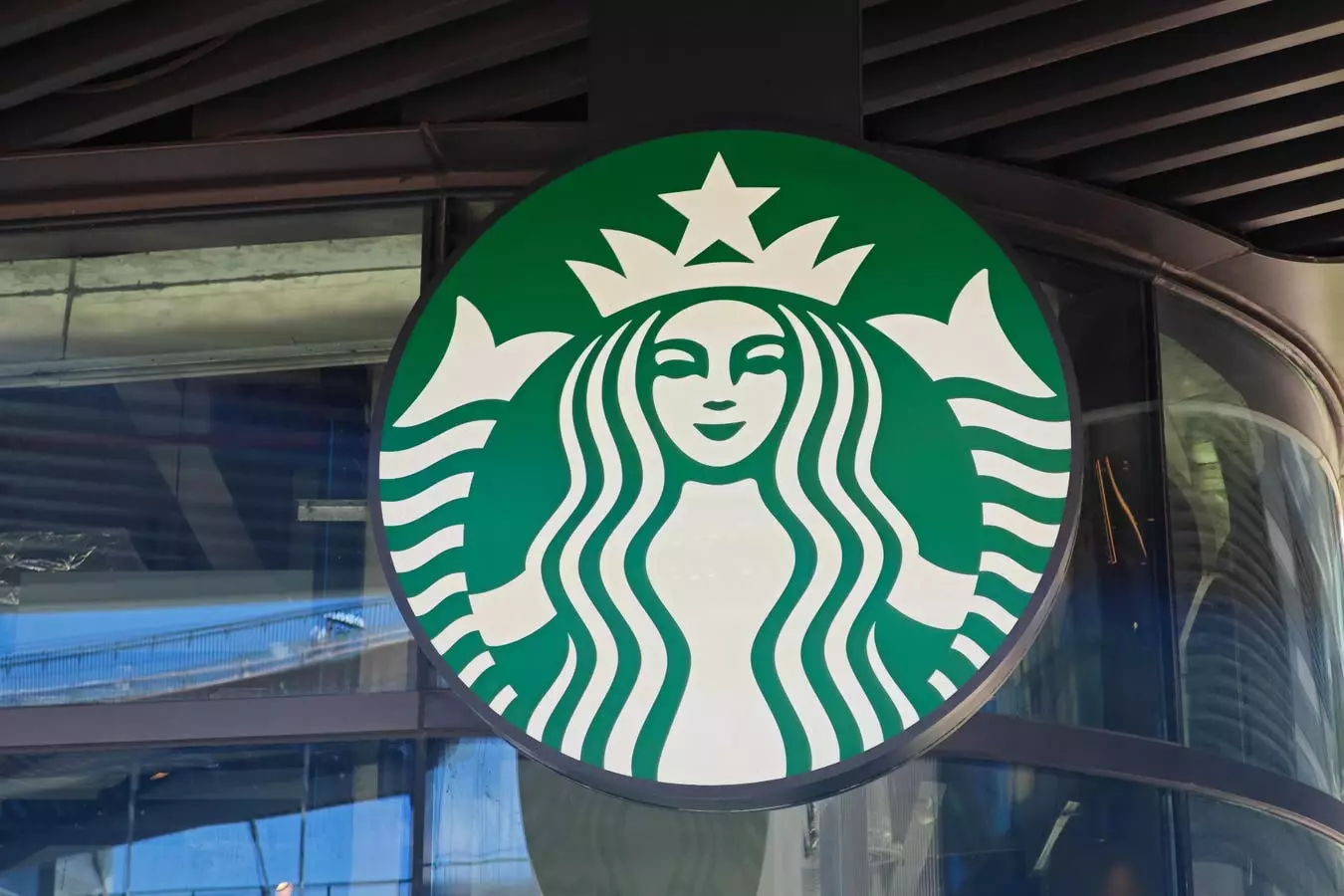Taking on the role of a CEO may seem glamorous from the outside, but the reality is far from it. The title of CEO brings with it immense responsibility and pressure that can take a toll on even the most seasoned executives. As a company grows, so do the expectations, spotlight, and stakes. This is evident in the recent struggles faced by Starbucks, a company that has seen a decline both domestically and internationally. The departure of Howard Schultz as CEO marked the end of an era, leaving behind a legacy of leadership that has been hard to match.
In response to these challenges, Starbucks made the unexpected move of appointing Chipotle CEO Brian Niccol as its new Chairman and CEO. The decision was met with overwhelming support, with Starbucks’ shares surging more than 24% in a single day. Even Howard Schultz himself endorsed Niccol, citing his leadership impact and retail excellence. However, as the initial excitement fades, Niccol will face the harsh realities of the issues plaguing Starbucks.
One of the key challenges that Niccol will need to address is revamping and reconnecting the customer experience at Starbucks. Analysts and investors have pointed out that fundamental improvements need to be made, starting with employee well-being. It is clear that prioritizing people is the first step in revitalizing a company’s growth and brand. Starbucks’ focus on digital forward initiatives, such as speed and convenience, must not come at the cost of neglecting the experiential aspect that made the brand successful in the first place.
The Importance of Employee Well-Being
One of the major complaints about Starbucks has been the declining customer experience, which can be linked to issues such as overworked, underpaid, and underappreciated baristas. CEOs must understand that the morale and well-being of their employees are crucial to maintaining a strong brand identity and attracting top talent. Leaders need to address fundamental human desires such as financial security, appreciation, and a sense of purpose. By investing in their employees’ well-being, CEOs can cultivate a strong company culture that will drive success in the long run.
CEOs can learn from the example set by Howard Schultz, who emphasized the importance of spending time with employees to cultivate stronger connectivity and synergy across the organization. By engaging directly with employees, leaders can gain valuable insights into what is working well within the company and address potential issues before they escalate. Strong top-to-bottom communication is essential for talent retention, attracting new talent, and staying ahead of the curve in a competitive market.
As Brian Niccol takes the helm at Starbucks, it is clear that the well-being of the people within the organization must be the top priority. Revitalizing company growth and customer experience is a long-term process that starts with investing in the mental health and morale of employees. By creating a positive work environment where employees feel valued and appreciated, CEOs can pave the way for success and ensure the long-term sustainability of their organizations.

